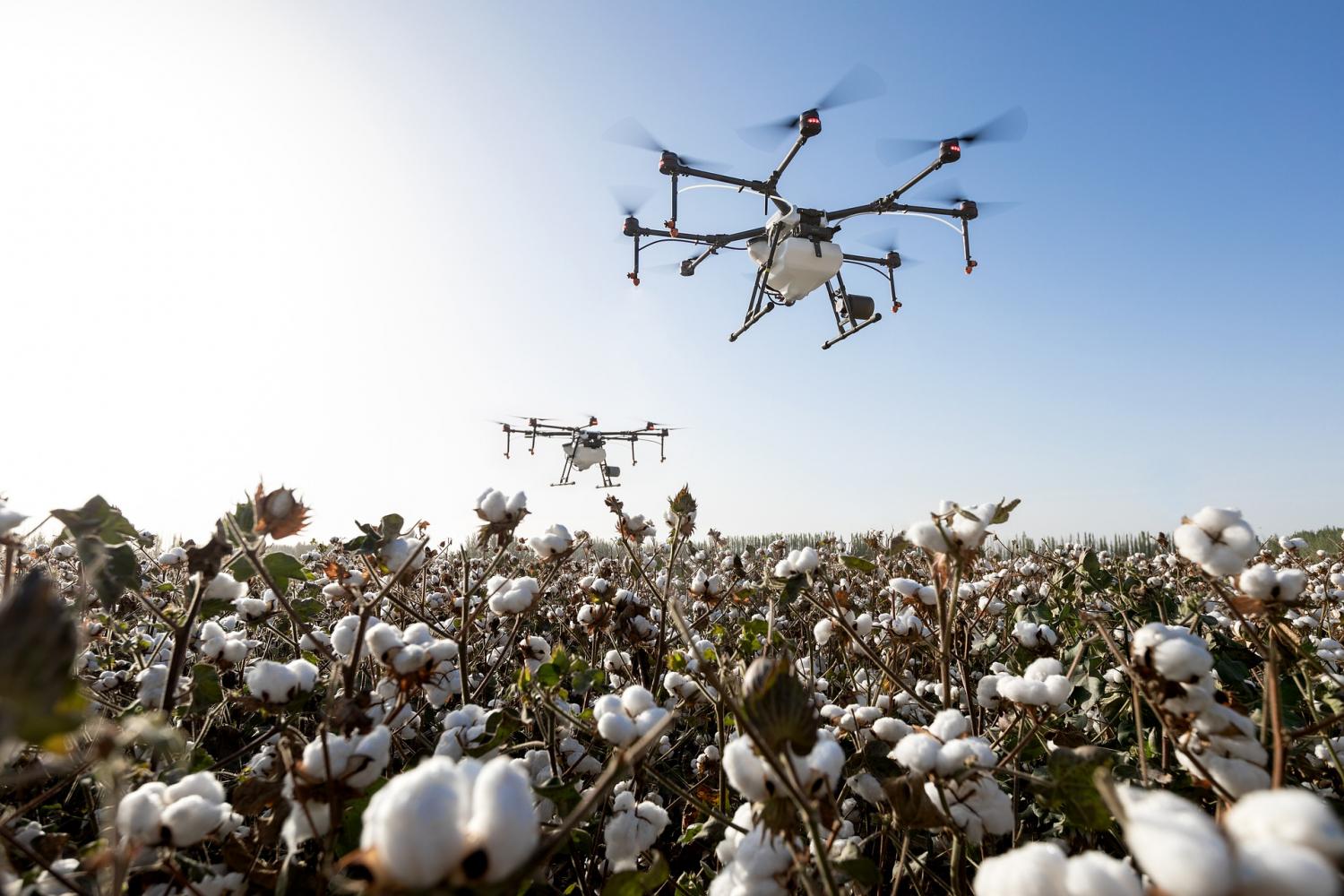The cotton industry – long criticized for its adverse environmental, social and labor impacts – is rapidly undergoing a transformation led by the nonprofit Better Cotton Initiative (BCI). In its just released 2018 annual report, BCI’s figures show that the amount of ethically and sustainably produced “Better Cotton” is growing fast. It accounted for 19 percent of global cotton production during the 2017-18 growing season, with an astounding 2 million farmers now licensed to produce Better Cotton by BCI; and 99 percent of these farmers are smallholders farming on less than 20 hectares of land.

“BCI’s Retailer and Brand Members passed an important milestone at the end of 2018, sourcing more than one million metric tonnes of ‘Better Cotton’,” said Alan McClay, BCI’s chief executive officer, to TriplePundit. “This demonstrates that multiple stakeholders, working together, can shift a global system so that sustainability becomes the mainstream.”
One million metric tonnes is an astounding 75 percent increase from 2016-17, and it did not happen by accident. The training and certifying of farmers is a process that requires extensive field work, and BCI has operations with implementing partners in 21 countries, including key cotton producers India, Pakistan, South Africa and the United States.
Increasing the supply of sustainable cotton is important as there are several problems with conventionally grown cotton. First, there’s water – cotton has a reputation for being “difficult,” water-wise. Numerous non-profits and global media outlets such as the Guardian have laid blame on cotton for dwindling water resources in places like India, or for the environmental devastation of the Aral Sea in Central Asia. Then there’s the fact that cotton uses large amounts of pesticides, which results in serious water pollution issues in regions like the southern United States.
At the same time, there are not necessarily any viable replacements for cotton. The main alternatives – synthetic materials such as polyester and nylon, plant-based rayon, or leather – are rife with their own sustainability challenges as well. Considering the growing concern about polyester-based microfibers in the ocean, some of these concerns are, arguably, creating problems that in the long term could be create potentially worse. Moreover, none of these alternatives can, currently, replace the scale of cotton, which still accounts for 40 percent of all raw materials used in textile production globally. Furthermore, cotton is durable, recyclable and provides livelihoods to millions. Quite simply, cotton is an essential part of the global economy, and that is not changing anytime soon.
BCI’s solution is to make cotton better, both for the environment, and for those who depend on it for their livelihoods. BCI defines “Better Cotton” as cotton grown following seven principles. These include environmental factors – crop protection, water stewardship, soil health, land, and biodiversity, but also, importantly, social factors too, including decent working conditions and fair compensation. The ultimate goal, according to BCI, is to allow farmers to produce cotton that measurably better for the environment and farming communities.
Two million farmers comprise a huge number, but this is just the start. BCI says it has a goal to certify five million farmers by 2020, when it also aims to have 30 percent of all global cotton being grown following its standards. By then, it may be able to achieve what many have believed was impossible – systematic, supply-chain wide change.
“We are approaching a tipping point. As more [members] source ‘Better Cotton’, we will be able to reach and support more cotton farmers, building momentum on our ambition to transform the sector, reduce its environmental impact and strengthen farmers’ ability to improve their livelihoods,” said McClay.
Increasing demand is key, as Better Cotton needs buyers to remain viable. So far, the demand if there, as brands including Hennes & Mauritz, IKEA, Gap, Adidas and Nike all sourced record levels of Better Cotton last year. Together, more demand and greater supply can, hopefully create a virtuous cycle – and provide a model for how to achieve rapid, scalable and meaningful progress on a complex global supply chain.

